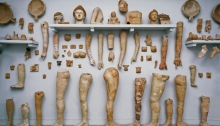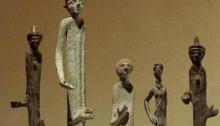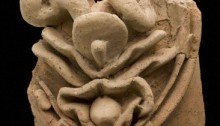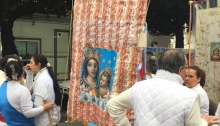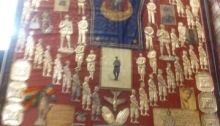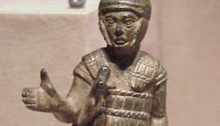The ‘back problem’
Professor Andrew N. Williams is currently studying for an MA in The Classical Mediterranean (University of Leicester), but is also an established medical practitioner and medical historian. In this post he reflects on the absence of particular types of anatomical votive and how new discoveries from San Casciano dei Bagni (Italy) might shed new light…
